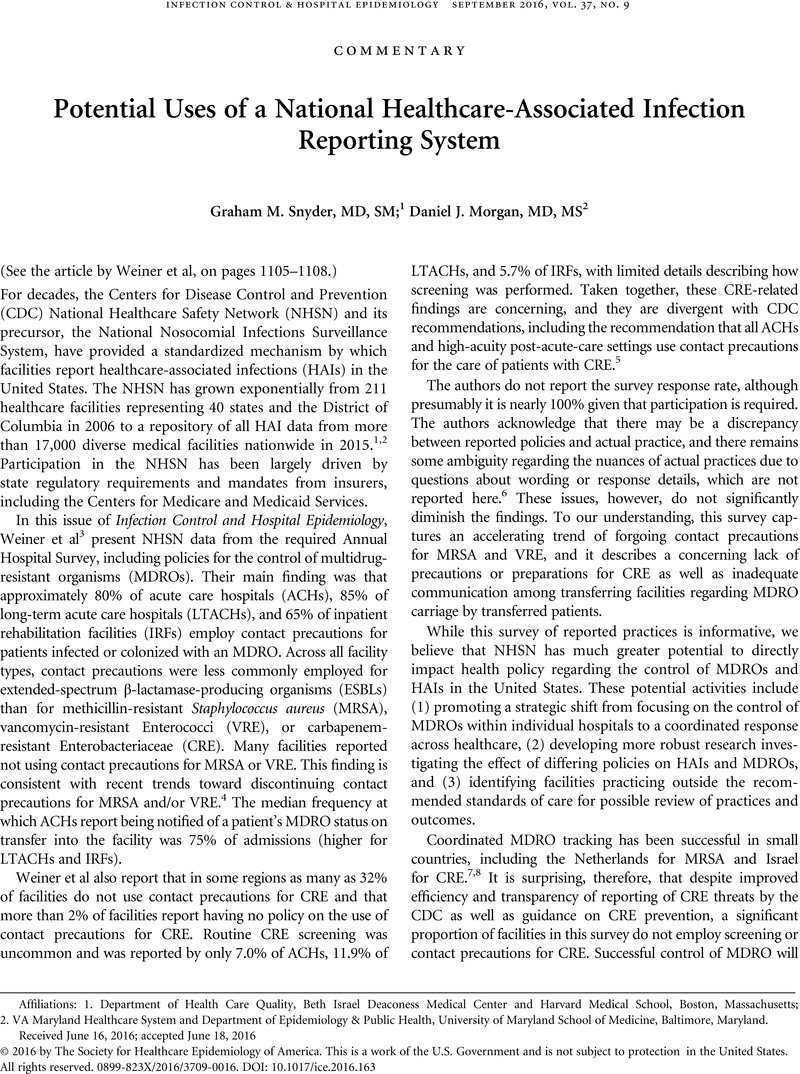Crossref Citations
This article has been cited by the following publications. This list is generated based on data provided by Crossref.
Li, Hao
Liu, Xinliang
Cui, Dan
Wang, Quan
Mao, Zongfu
Fang, Liang
Zhang, Furong
Yang, Ping
Wu, Huiling
Ren, Nili
He, Jianyun
and
Sun, Jing
2017.
Estimating the Direct Medical Economic Burden of Health Care–Associated Infections in Public Tertiary Hospitals in Hubei Province, China.
Asia Pacific Journal of Public Health,
Vol. 29,
Issue. 5,
p.
440.





